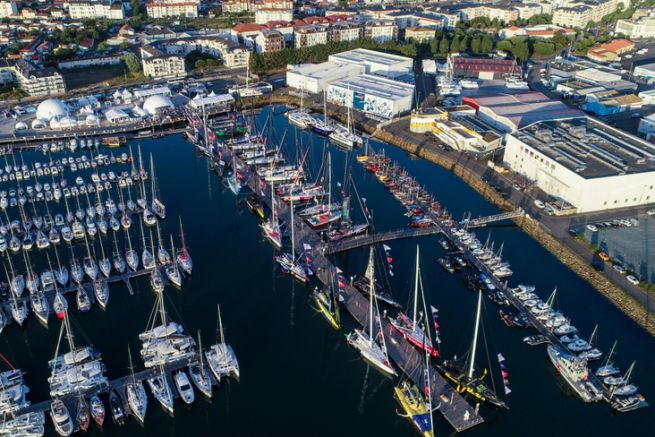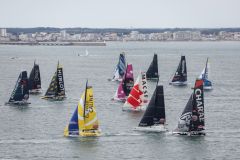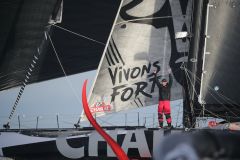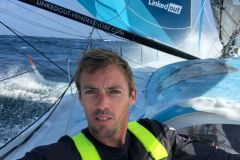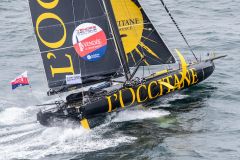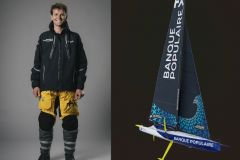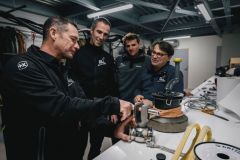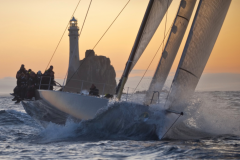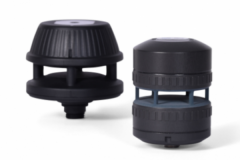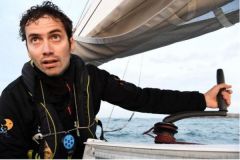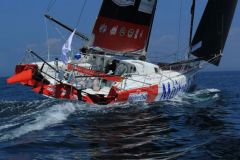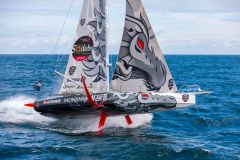Qualifying for the Vendée Globe 2024
On June 12, 2022, 25 skippers from the IMOCA class will set off on the first qualifying race for the 2024 Vendée Globe. It will also be a great rehearsal before the Route du Rhum since the distance to be covered is similar to that of the autumn transatlantic race. Created in 2020, the Vendée Arctique euros Les Sables-d'Olonne had the ambition to make up for the two races initially planned in the spring to and from the United States. It was to allow skippers to check the reliability of their boat before the start of the solo round the world race. As the format has proved successful, it is now a permanent fixture on the IMOCA class calendar.
A journey in the Great North
From the Vendée, the solo sailors will head north for a theoretical course of 3,500 miles, a course that has been lengthened compared to the previous edition. It will be the first time that the skippers will try to cross the Arctic Circle by going around Iceland.
They will have to go around Iceland by the west or the east of the island according to the weather conditions and the choice of the direction of the races. The latter will deliver its choice at the latest on Saturday June 11 in the morning, that is to say the day before the departure. They will also have to avoid the Arctic Exclusion Zone (AEZ), whose boundary line goes north to latitude 69°45.00 N. After this passage in the north, they will go back down to go around a virtual buoy in the middle of the Atlantic, at the latitude of Les Sables-d'Olonne, before coming back to the Vendée port.
"On the big chunk of bravery that leads to Iceland, there is a corridor where the lows that come from Newfoundland and the United States pass through. They get pushed north and flow west or east of Iceland. We will have to cross these lanes of low pressure, and to do so, choose the best time to cross. The complexity comes from the fact that they move quite fast, which requires a lot of vigilance. It will be very nice for the followers of the race; it is the promise of a lot of work on board, with regular maneuvers, sail changes and a lot of navigation work" explains Christian Dumard, weather consultant for the race.
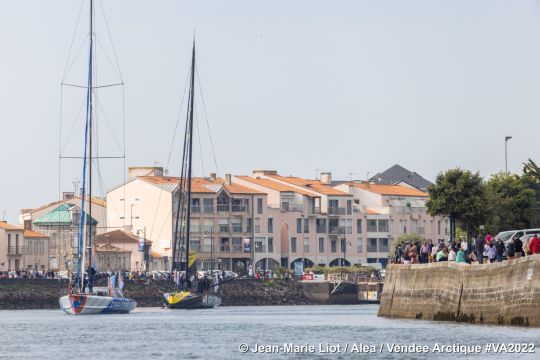
A high plateau
The race time is estimated between 10 and 12 days. In 2020, Jérémie Beyou won the event on his IMOCA Charal, completing the race in 10 days, 5 hours, 14 minutes and 8 seconds. He will be challenging for the title again, but the competition will be tough with the four winners of the Guyader Bermuda 1000 Race, namely Charlie Dalin (Apivia), Louis Burton (Bureau Vallée) and Nicolas Lunvent (Banque Populaire). Thomas Ruyant (LinkedOut), author of great performances in the last races will also be present, he had to abandon the previous race.
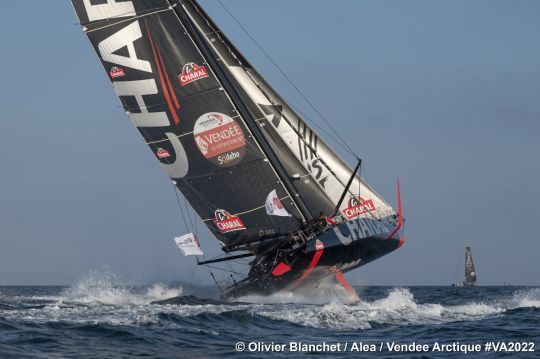
The list of skippers
- Fabrice Amedeo (Nexans euros Art & Fenêtres)euros;
- Romain Attanasio (Fortinet euros Best Western)euros;
- Éric Bellion (Commeunseulhomme powered by Altavia)euros;
- Jérémie Beyou (Charal)euros;
- Arnaud Boissières (La Mie Calîne)euros;
- Louis Burton (Bureau Vallée) euros;
- Conrad Colman (Imagine)euros;
- Antoine Cornic (Ebac Literie) euros;
- Manuel Cousin (Sétin Group)euros;
- Charlie Dalin (Apivia)euros;
- Louis Duc (Fives euros Lantana Environnement) euros;
- Benjamin Dutreux (Guyot Environnement euros Water Family)
- Benjamin Ferré (Monnoyeur euros Duo For A Job)euros;
- Pip Hare (Medallia)euros;
- Isabelle Joschke (MACSF)
- Nicolas Lunven (Banque Populaire) euros;
- Sébastien Marsset (Cap Agir Ensemble #sponsorsBienvenus)euros;
- Giancarlo Pedote (Prysmian Group);
- Alan Roura (Hublot)euros;
- Thomas Ruyant (LinkedOut)euros;
- Damien Seguin (Apicil Group);
- Kojiro Shiraishi (DMG Mori Global One);
- Guirec Soudée (Freelance.com)euros;
- Denis van Weynbergh (Biarritz Laboratories)
- Szalbocs Weöres (SZABI Racing)
